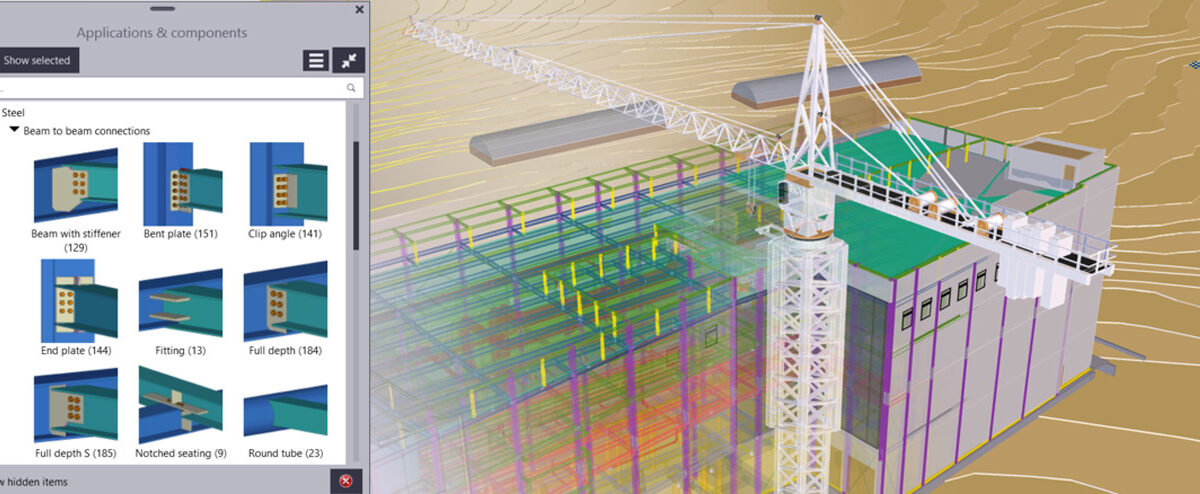Steel detailing is an essential component in a long chain of creation — without it, schools, shopping malls, skyscrapers, airports and industrial buildings could never be completed.On the other hand Steel detailing organizations face a difficult business environment with tight schedules, slender margins, and intense competition hence need a competitive edge to help grow business.
The Chain of Change
Transition from 2D to 3D results in completely different detailing and fabrication workflows. 3D model-based detailing processes have many inherent benefits over 2D. 3D Software gives 3D capability, providing a flexible modeling environment and powerful tools for connection designs. Prior to implementation of 3D software, detailers use to manually create hundreds & thousands of shop drawings per job, thereby spending a lot of time laying out a structure in 2D. With 3D advance software, drawing & data generation is very fast & accurate, superior quality of drawings & reports greatly reduces the checking time and increases confidence in the output. 3D model–based technology is reshaping the industry, at the same time the ways that technology is being used to connect project teams and to keep data moving smoothly from one phase to the next is playing a significant role. The use of information-rich 3D models for steel detailing has become an expected practice and a prerequisite for new business. Information-rich model-based workflows provide several other significant benefits, for example, streamlining fabrication process because model data can be directly exported out of the model for fabrication.
Global Pressure
The choices made by project team members have an important effect on detailers, but they are not the only force for change. As geographically dispersed teams scatter across time zones, project delivery deadlines are getting ever shorter and competition is growing tougher. Boosting efficiency by embracing 3D model–based workflows is one way that detailers can remain competitive.
Time to Sharpen the Tools
The move from 2D to 3D, however, benefits workflows in ways that also benefit bottom lines. It Improves interoperability, increases efficiency, and reduces fabrication & erection errors. Model-based Software helps in reducing errors and wastage in the shop and field because the drawings and NC data are all derived from a well-coordinated model.

